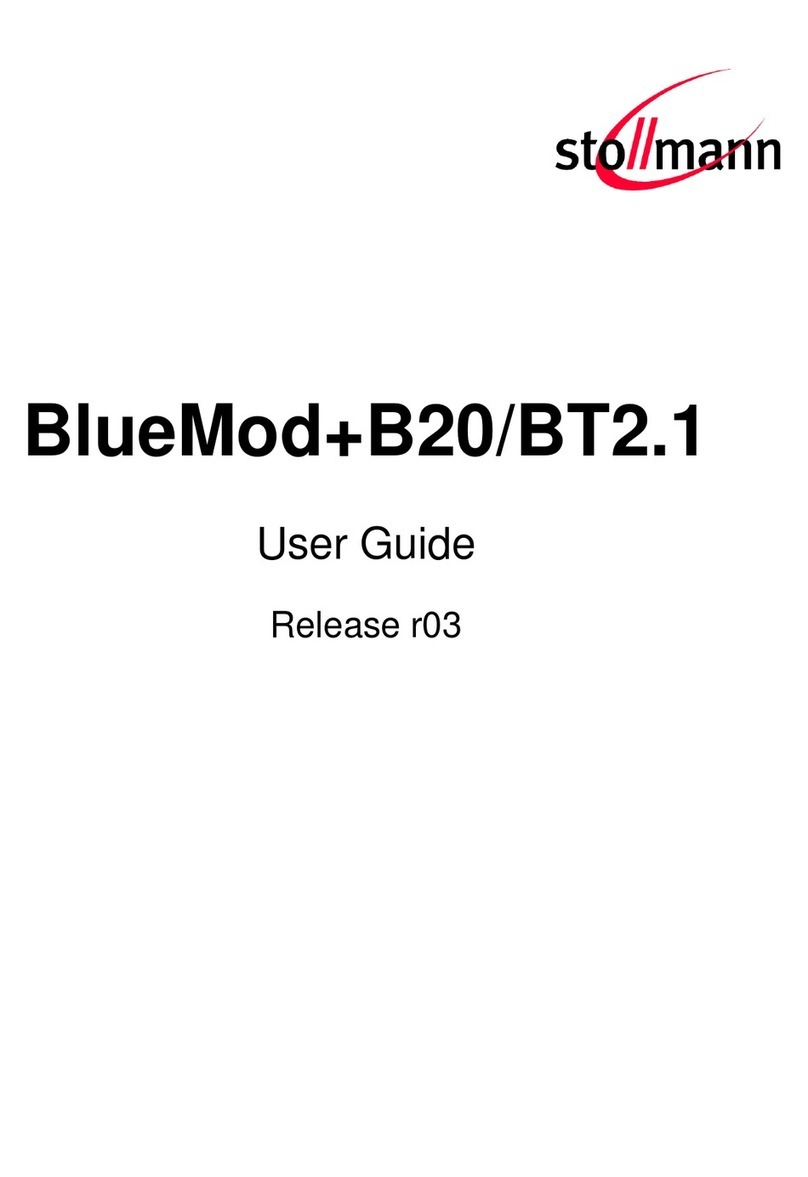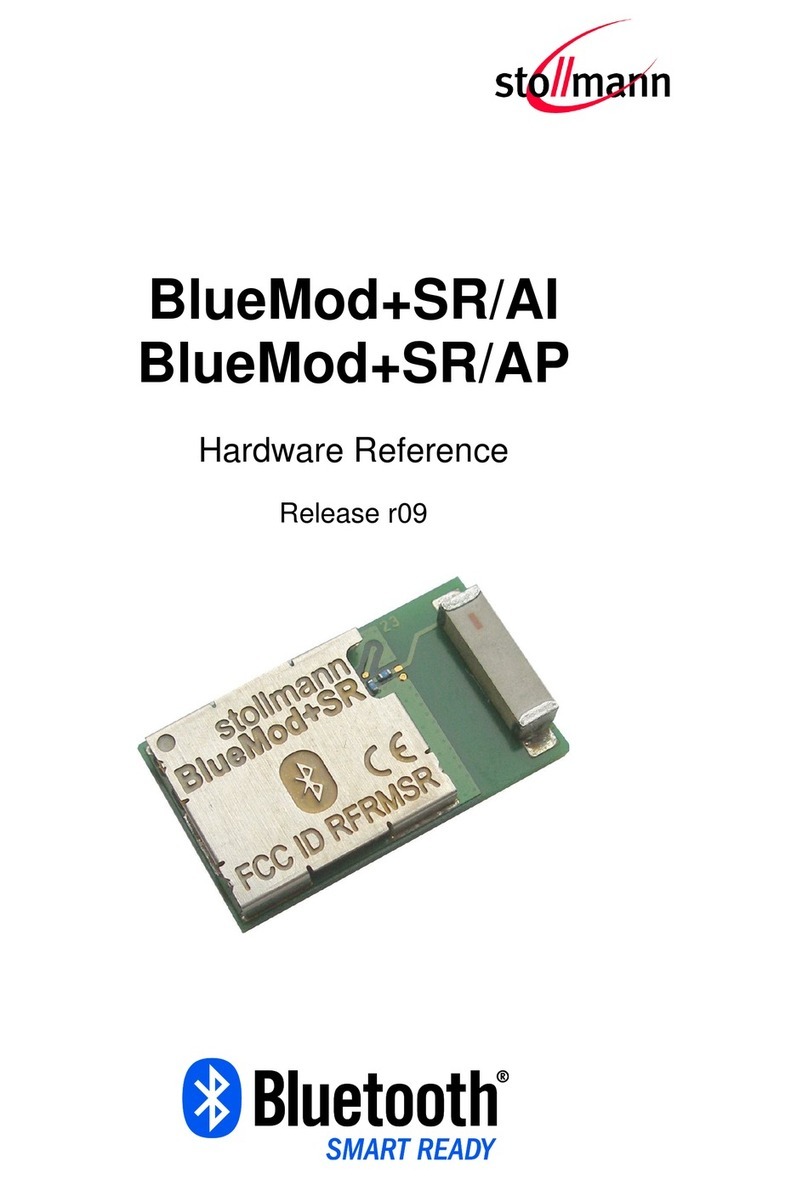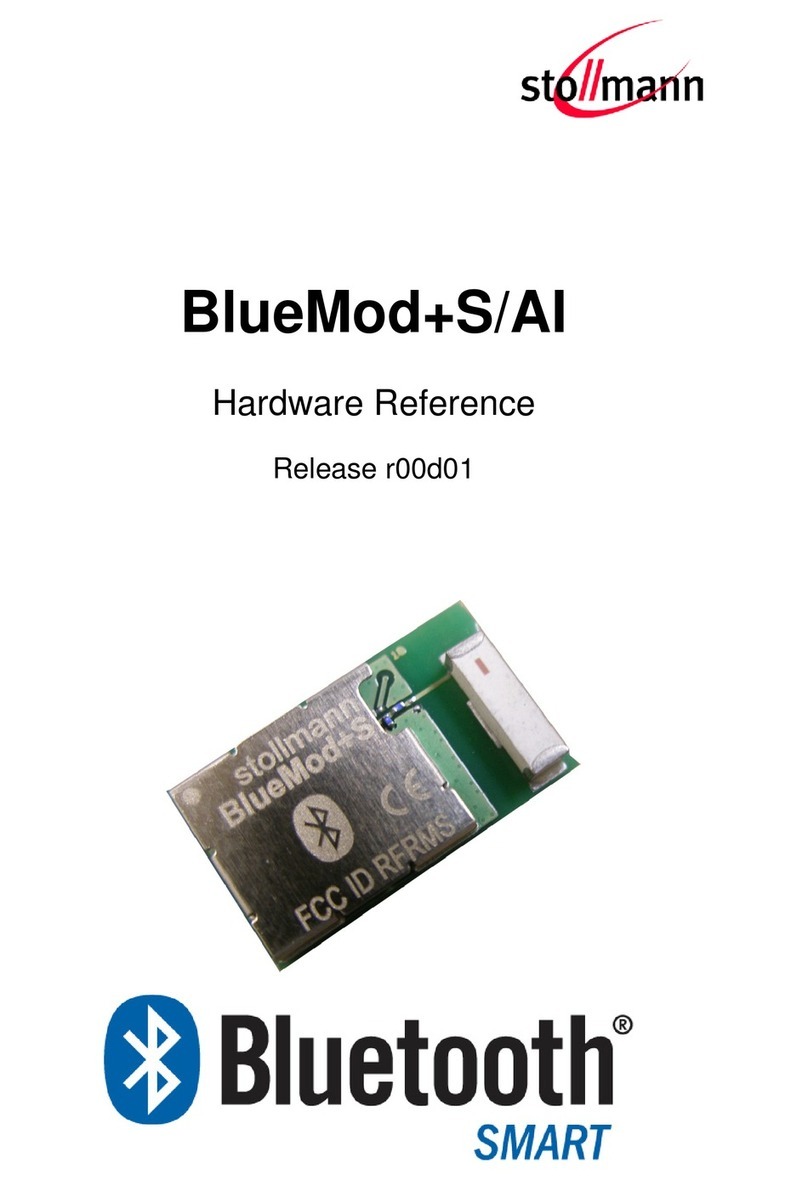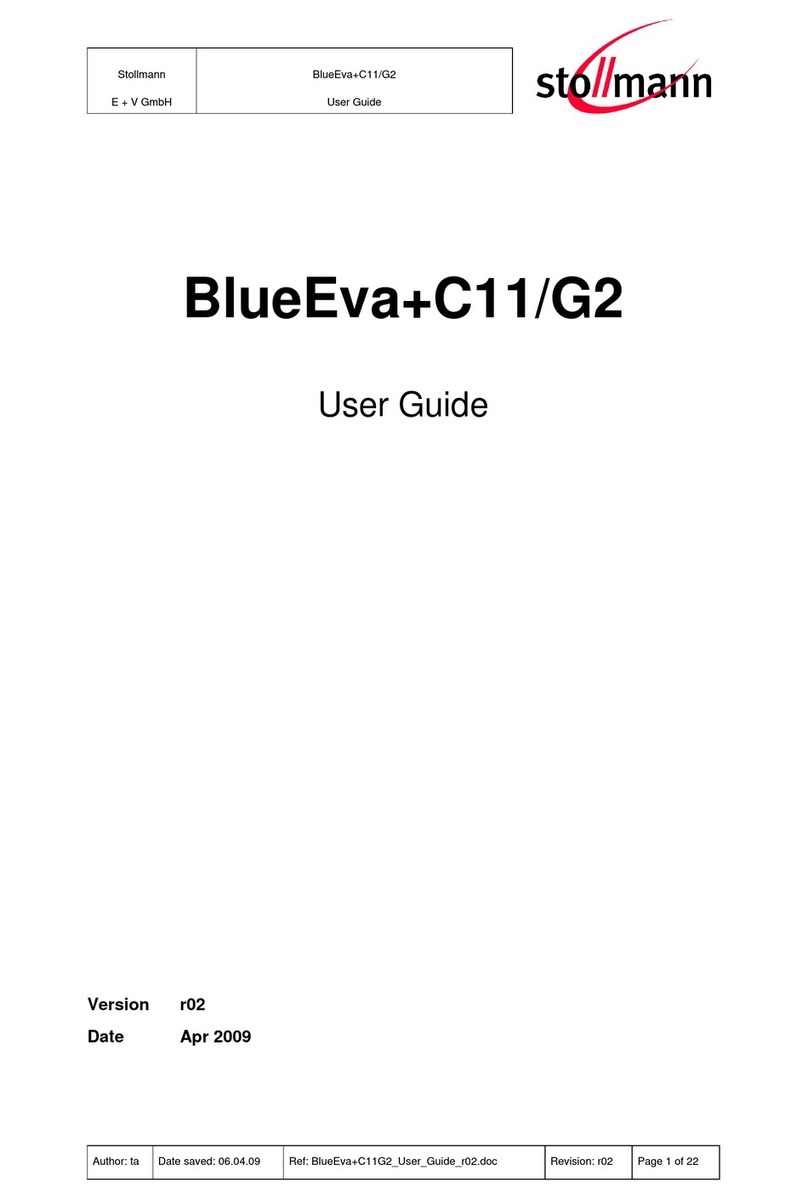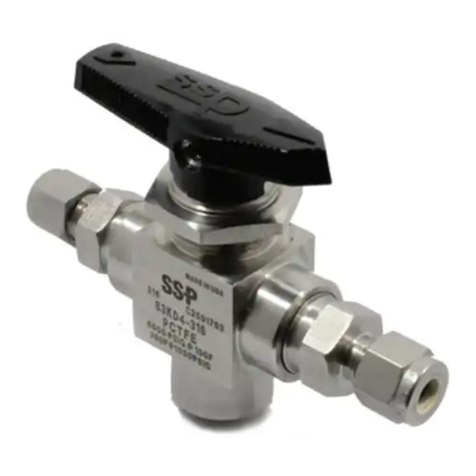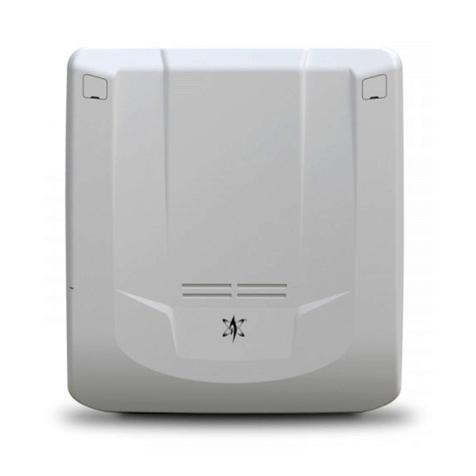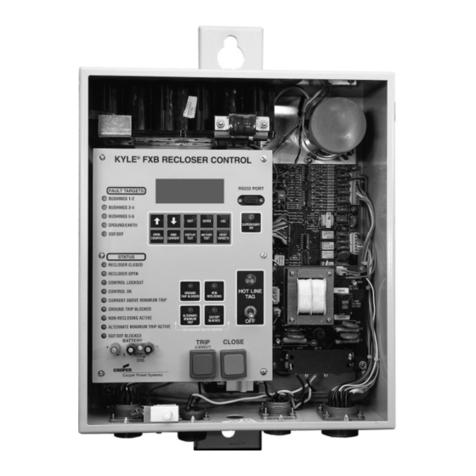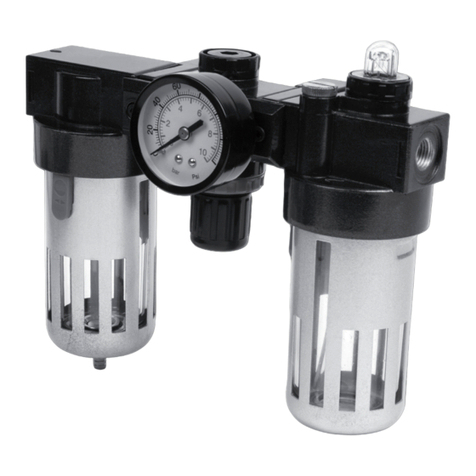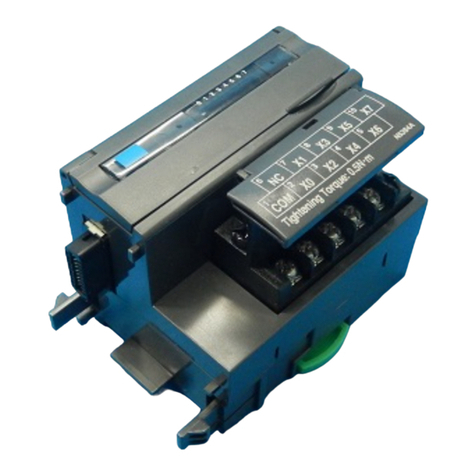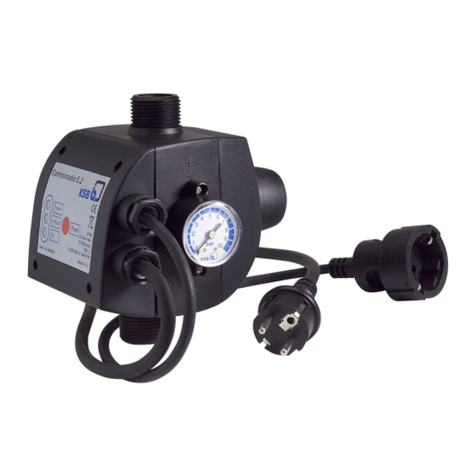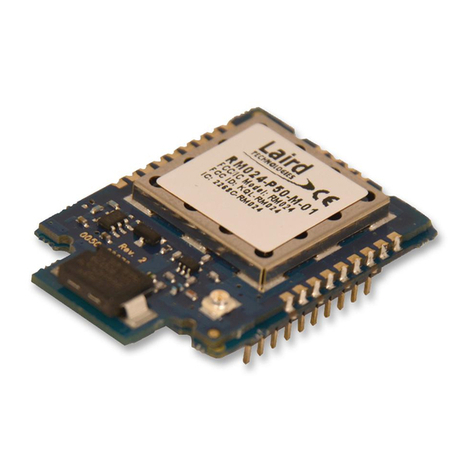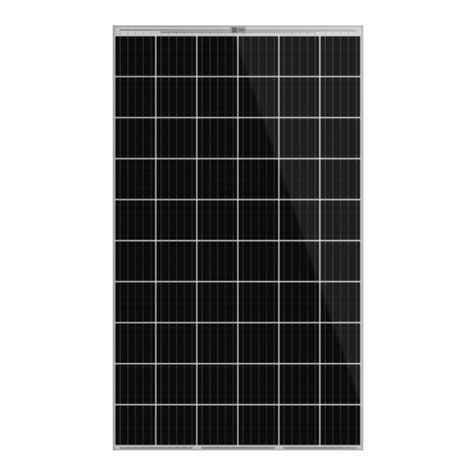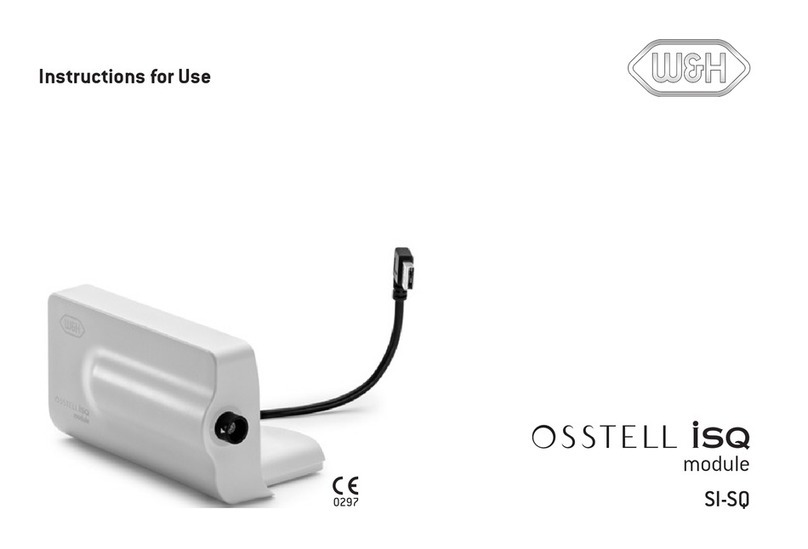Stollmann BlueMod+S Installation manual

BlueMod+S
AT Command Reference
Release r02

BlueMod+S
AT Command Reference
Release r02 www.stollmann.de Page 2 of 33
Note
This product was developed for the purpose of communication. It is intended solely
for our clients for integration into their own technical products after careful
examination by experienced technical personnel for its suitability for the intended
purpose. The product was not developed for or intended for use in any specific
customer application. It may have to be adapted to the specific intended modalities
of use or even replaced by other components in order to ensure flawless function in
the respective areas of application. Performance data (range, power requirements,
footprint, etc.) may depend on the operating environment, the area of application,
the configuration, and method of control, as well as on other conditions of use; these
may deviate from the technical specifications, the Design Guide specifications, or
other product documentation. The actual performance characteristics can be
determined only by measurements subsequent to integration in the target
environment. Variations in the performance data of mass-produced devices may
occur due to individual differences between such devices. Product samples were
tested in a reference environment for compliance with the legal requirements
applicable to the reference environment. No representation is made regarding the
compliance with legal, regulatory, or other requirements in other environments. No
representation can be made and no warranty can be assumed regarding the
suitability of the product for a specific purpose. Stollmann reserves the right to make
changes to the product without prior notice or to replace the product with a
successor model. Of course, any changes to the product for which we have entered
into a supply agreement with our customers will be made only if, and only to the
extent that, such changes can reasonably be expected to be acceptable to our
customers. No general commitment will be made regarding periods of availability;
these must be subject to individual agreement. All agreements are subject to our
Terms and Conditions for Deliveries and Payments, a copy of which is available
from Stollmann.
Trademarks
The Bluetooth®word mark and logos are owned by the Bluetooth SIG, Inc.. The
NFC word mark and logos are owned by the NFC Forum. Any use of such marks by
Stollmann E+V GmbH is under license. Other trademarks and trade names are
those of their respective owners.

BlueMod+S
AT Command Reference
Release r02 www.stollmann.de Page 3 of 33
Table of contents
1Introduction........................................................................................................ 5
1.1 AT Command Mode...................................................................................... 5
1.2 Escape Sequence......................................................................................... 5
1.3 Multiplexing Mode (MUX).............................................................................. 6
1.4Hangup ......................................................................................................... 7
2Commands ........................................................................................................ 8
2.1 General......................................................................................................... 8
%B Baud Rate..................................................................................... 8
&F Load Factory Defaults................................................................... 9
&W Store Active Configuration .......................................................... 10
AAccept Incoming Call .................................................................. 10
BIOCAP SSP I/O Capabilities ................................................................... 10
BMITM SSP Man in the middle protection ............................................... 10
BMUX Activate Multiplexing Mode.......................................................... 11
BNAME Local Device Name..................................................................... 11
BNDDEL Delete Bonding Information......................................................... 12
BNDLIST Show Bonded Device List ........................................................... 12
BNDS Storage Mode for Bonds ............................................................. 12
BNDSIZE Bonded Devices List Size ........................................................... 13
BOAD Bluetooth Own Device Address................................................... 13
BPAIRMODE Configure Pairable Mode......................................................... 13
BSSPPIN SSP Passkey Response ............................................................. 14
ELocal Echo .................................................................................. 14
HDisconnect .................................................................................. 14
IDisplay Version Information ........................................................ 15
IOACFG Config of Pin IOA ........................................................................ 15
LOAD Load Stored Parameter Setting................................................... 16
OReturn to Online State................................................................. 16
QSuppress Results........................................................................ 16
RESET Reset Device .............................................................................. 16

BlueMod+S
AT Command Reference
Release r02 www.stollmann.de Page 4 of 33
RFMAXTXPWR Maximum Output Power...................................................... 16
SAT S Register ............................................................................. 17
UICP Set UART Interface Control Protocol........................................... 17
VResult Message Format .............................................................. 18
WExtended Result Codes .............................................................. 18
2.2 Bluetooth Low Energy................................................................................. 18
LEADINTMAX Maximum Advertising Interval ................................................ 18
LEADINTMIN Minimum Advertising Interval .................................................. 19
LECONINTMAX Maximum Connection Interval............................................. 19
LECONINTMIN Minimum Connection Interval............................................... 19
LEROLE Bluetooth Low Energy Device Role ............................................. 20
LESLAVELAT Slave Latency ........................................................................ 20
LETIO Enable Terminal I/O Service ....................................................... 20
LEADDATA Setup Advertise Data for Customized Advertising ....................... 21
LEADE Enable Customized Advertising .................................................. 21
LEADPAR Setup Parameters for Customized Advertising ............................ 22
LESCDATA Setup Scan Response Data for Customized Advertising............. 22
2.3 GATT .......................................................................................................... 23
2.3.1 GATT Server............................................................................... 23
LEATTRIB Define Attributes for a Service..................................................... 23
3Appendix.......................................................................................................... 29
3.1 Linktype ...................................................................................................... 29
3.2 AT Result Codes......................................................................................... 29
3.3 Extended Result Codes .............................................................................. 29
3.3.1 CONNECT .................................................................................. 29
3.3.2 RING........................................................................................... 29
3.3.3 NO CARRIER ............................................................................. 30
3.4 Events......................................................................................................... 31
4Related Documents ......................................................................................... 32
5History ............................................................................................................. 33

BlueMod+S
AT Command Reference
Release r02 www.stollmann.de Page 5 of 33
1 Introduction
This documentation specifies the command interface for the BlueMod+S.
The BlueMod+S supports AT command mode.
1.1 AT Command Mode
Each command line consists of a prefix, a body and a terminator.
All command lines begin with the prefix AT (ASCII 065, 084) or at (ASCII 097, 116).
The body is a string of characters in the ASCII range 032-255. Control characters
other than <CR> (carriage return; ASCII 013) and <BS> (back space; ASCII 008) in
a command line are ignored.
The terminator is <CR>.
There is no distinction between upper-case and lower-case characters. A command
line can have a maximum length of 80 characters. It is automatically discarded if the
input is longer. Corrections are made using <BS>. Multiple commands on the same
command line are not allowed.
Commands have the following syntax:
Syntax
Description
AT<command>=<value><CR>
Write the value of the command
Responses are sent back to the host and can be any of the following:
Responses
Description
<CR><LF>value<CR><LF>
Read only value (e.g. AT+BOAD)
<CR><LF>OK<CR><LF>
Successful final message
<CR><LF>ERROR<CR><LF>
Error message, command not supported
Note: Exceptions of this syntax are marked seperately.
1.2 Escape Sequence
To enter the command mode during an active data connection the following se-
quence (escape sequence) can be used:
<delay time
1
><+><+><+><delay time>
1
Delay time defined in the S12 register (see page 16)

BlueMod+S
AT Command Reference
Release r02 www.stollmann.de Page 6 of 33
The time interval between each of the three plus signs must not exceed 1 second.
The escape sequence remains transparent to the remote device.
1.3 Multiplexing Mode (MUX)
The multiplexing mode is used to handle incoming and outgoing data of different
remote endpoints and command data.
Data has to be sent and are received in the following framing (all values in
hexadecimal format):
Name
Description
Length
Value
Start
Start of frame
8 bit
CC
Channel ID
Channel identifier
8 bit
00 –FF
Length
Length of data
8 bit
-
Data
Max. 255 bytes data
Min. 0 byte
Max. 255 bytes
-
The start byte is used to detect the start of a frame.
The channel ID determines the channel to send data to. This can be the link ID of an
active link in case of classic Bluetooth, the data channel of a BLE endpoint or the AT
command interface (value FF).
The length field sets the length of the payload to send or to received in bytes.
The data field consists of the payload data to send or receive.
Start of frame, channel ID, length and data are always transmitted in direct, binary
form. AT commands have to be sent to the channel ID FF, simply prefixed with start
of frame, 0xFF, and length byte. Data received from the AT command interface are
marked by channel ID FF. Line editing using backspace is not available in
multiplexing mode.
Examples:
CC 01 0B 31 32 33 34 35 36 37 38 39 30 0D
Send data “1234567890<CR>” to channel 1 via MUX
protocol
CC FF 06 41 54 49 39 39 0D
Send AT command “ATI99<CR>” via MUX protocol
CC FF 06 0D 0A 4F 4B 0D 0A
Receive response “<CR><LF>OK<CR><LF>” from
AT command interface via MUX protocol
Result messages like RING, CONNECT and NO CARRIER may be sent in multiple
frames by the BlueMod+S module. The host controller application needs to collect
the data until the closed “<CR><LF>” is received.
If the multiplexing mode is enabled the commands ATH and the result messages
RING, CONNECT and NO CARRIER includes the additional parameter “channel
ID”.

BlueMod+S
AT Command Reference
Release r02 www.stollmann.de Page 7 of 33
For Terminal I/O connections, the “channel ID” is assigned while connection setup
(by messages RING for incoming connections and CONNECT for outgoing
connections) and is valid until the connection is terminated (message NO
CARRIER).
For customer defined GATT services, the “channel ID” is assigned while service
definition for each defined characteristic separately and is valid until the BlueMod+S
is resetted.
1.4 Hangup
An active data connection can be disconnected by setting the HANGUP pin (GPIO4)
to high level.

BlueMod+S
AT Command Reference
Release r02 www.stollmann.de Page 8 of 33
2 Commands
The description of the commands is structured into the following parts:
General commands
Bluetooth Low Energy (BLE) specific commands
The factory-default values of the commands are marked using the bold letter format.
2.1 General
%B Baud Rate
AT syntax: AT%B<value>
This command determines the baud rate for the UART.
The following standard baud rates are supported:
Value
Description
4
9,600 bps
5
19,200 bps
6
38,400 bps
7
57,600 bps
8
115,200 bps
9
230,400 bps
22
460,800 bps
23
921,600 bps
Additionally to the standard baud rates described above, it is possible to set the
following baud rates.

BlueMod+S
AT Command Reference
Release r02 www.stollmann.de Page 9 of 33
Value
Description
1200
1,200 bps
2400
2,400 bps
4800
4,800 bps
9600
9,600 bps
14400
14,400 bps
19200
19,200 bps
28800
28,800 bps
38400
38,400 bps
57600
57,600 bps
76800
76,800 bps
115200
115,200 bps
230400
230,400 bps
250000
250,000 bps
460800
460,800 bps
921600
921,600 bps
1000000
1,000,000 bps
To set a baud rate write the desired value in the command.
Examples:
AT%B9
Set baud rate to 230,400 bps
AT%B250000
Set baud rate to 250,000 bps
Note: Information regarding the deviation of the real baud rate to the value set can
be found in the BlueMod+S Hardware Reference [1].
&F Load Factory Defaults
AT syntax: AT&F<value>
The factory-default values will be loaded. For storing values in non-volatile memory,
use the &W command.
Value
Description
0
Set all parameters except bndlist to factory defaults
1
Set all parameters to factory defaults
Note: Some restored values require an additional reset to get active
(e.g. AT+LETIO, AT+UICP).

BlueMod+S
AT Command Reference
Release r02 www.stollmann.de Page 10 of 33
&W Store Active Configuration
AT syntax: AT&W
The active configuration is stored in non-volatile memory.
A Accept Incoming Call
AT syntax (normal mode): ATA
AT syntax (MUX mode): ATA <channel ID>
This command is supported for compatibility reasons only. A Bluetooth low energy
device has to answer every connection automatically. See also Register S0
description.
Examples:
ATA
Accepts connection in normal mode
ATA 0x01
Accepts connection in MUX mode at channel ID 0x01
BIOCAP SSP I/O Capabilities
AT syntax: AT+BIOCAP=<value>
This command sets the input and output capabilities of the device used for SSP.
Value
Description
0
Display only
1
Display Yes/No
2
Keyboard only
3
No input no output
4
Display and keyboard
BMITM SSP Man in the middle protection
AT syntax: AT+BMITM=<value>
This command controls the man in the middle (MITM) protection of the device during
SSP. It has to be set in context with BIOCAP command. In SSP there are scenarios
where MITM protection is not possible.

BlueMod+S
AT Command Reference
Release r02 www.stollmann.de Page 11 of 33
Value
Description
0
Man in the middle protection disabled
1
Man in the middle protection enabled
In case the user choose a scenario where MITM protection is not possible but one of
the communication devices is configured to BMITM=1 (MITM protection enabled),
the pairing is refused.
Possible combinations of I/O capabilities and the possibility of MITM protection are
described in the BlueMod+S User Guide [2].
BMUX Activate Multiplexing Mode
AT syntax: AT+BMUX=<value>
This command is used to activate the multiplexing mode protocol.
In the default configuration the device is working in normal AT mode. Setting
BMUX=1 enables the multiplexing mode.
Note: After receiving “OK” in the response of the BMUX=1 command all
subsequent commands have to be entered in multiplexing frame format.
The multiplexing mode is not stored persistent. To disable the multiplexing mode the
device must be reset.
In multiplexing mode extended result codes are always active (see chapter 3.3
Extended Result Codes).
BNAME Local Device Name
AT syntax: AT+BNAME=<name>
This command allows the modification of the local device name. The device name is
shown on a remote Bluetooth device during device/service discovery. It is limited to
19 characters.
The device name can contain a format element to include the device’s own address
or parts of it in the name.
In BLE advertising the name is truncated to the first 10 characters.
Format: “%[<s>][<d>]a”
“%”
Identifier start format element
<s>
Character separator on byte order (optional)
<d>
Number (1-12) of digits included in device name (optional, default is 4)
“a”
Identifier end format element

BlueMod+S
AT Command Reference
Release r02 www.stollmann.de Page 12 of 33
Examples: Device address = “0123456789AB”
AT+BNAME=BM+S %4a
Display on remote end: BM+S 89AB
AT+BNAME=BM+S %4a
Display on remote end: BM+S 89AB
AT+BNAME=BM+S %:3a
Display on remote end: BM+S 9:AB
AT+BNAME=BM+S %3a
Display on remote end: BM+S 9AB
AT+BNAME=BM+S %:12a
Display on remote end: BM+S 01:23:45:67:89:AB
BNDDEL Delete Bonding Information
AT syntax: AT+BNDDEL=<value>
This command deletes the bonding information stored by the BlueMod+S.
Value
Description
Bluetooth address
Delete the bond of the device with specified address from bndlist
*
Delete all bonded devices from bndlist
BNDLIST Show Bonded Device List
AT syntax: AT+BNDLIST
This command shows information about the devices bonded with the BlueMod+S.
Each entry in the BNDLIST contains the Bluetooth address and the linktype (see
chapter 3.1).
Example:
AT+BNDLIST
0080254800DA 0x02
9C04EB06ACA2 0x0A
OK
BNDS Storage Mode for Bonds
AT syntax: AT+BNDS=<mode>
This command controls the storage mode for bonding information (link keys).
Mode
Description
0
Bonds persists for the duration of the authenticated connection
1
Bonds are permanently stored in the NVRAM of the BlueMod+S

BlueMod+S
AT Command Reference
Release r02 www.stollmann.de Page 13 of 33
Note: By setting BNDS to 0 the BNDLIST is deleted internally.
BNDSIZE Bonded Devices List Size
AT syntax: AT+BNDSIZE=<value>
This command reduces the number of entries (1…4) the bonded-device list can
hold.
The default size is 4 for BlueMod+S.
Note: Modification of this parameter will delete all entries in the bonded-device list.
Example:
AT+BNDSIZE=1
Limit the number of bonded devices to 1
BOAD Bluetooth Own Device Address
AT syntax: AT+BOAD
This command reads the Bluetooth devices’ own device address.
Note: This command is read only.
BPAIRMODE Configure Pairable Mode
AT syntax: AT+BPAIRMODE=<mode>
This command controls the pairable mode of the BlueMod+S.
When set to “0” the module is only connectable for clients stored in the local
bondlist. New pairing requests will be rejected.
Mode
Description
0
No pairing allowed, BlueMod+S advertises TIO as “functional”
1
Pairing allowed, BlueMod+S advertises TIO as “bondable and functional”
Note: This command restricts the access only to security enabled characteristics.
For Terminal I/O this means AT+LETIO has to be set to 1.
For the GATT Server the permission parameters of the command
AT+LEATTRIB have to be set to a value that requires authentication (e.g.

BlueMod+S
AT Command Reference
Release r02 www.stollmann.de Page 14 of 33
“AT+LEATTRIB=charval,uuid=2A19,perm=0022,len=1” with “perm” for read
with authentication permitted and write with authentication permitted).
BSSPPIN SSP Passkey Response
AT syntax: AT+BSSPPIN <Bluetooth address>,<SSP passkey>
If a SSP is initiated and MITM is active (BMITM=1), depending on the I/O
capabilities (BIOCAP) the AT interface generates an event SSPPIN and asks the
user for the SSP passkey.
Event: SSPPIN <Bluetooth address> ?
The user has to answer this request with the SSP passkey displayed on the remote
device.
Example:
SSPPIN 00802507C08D ?
AT+BSSPPIN 00802507C08D,314546
OK
RING
CONNECT
Receive SSP passkey request
Send SSP passkey response
E Local Echo
AT syntax: ATE<value>
This command selects the local echo in command mode.
Value
Description
0 or empty
No local echo
1
Local echo on in command phase
H Disconnect
AT syntax (normal mode): ATH
AT syntax (MUX mode): ATH <channel ID>
This command disconnects the existing Bluetooth connection.

BlueMod+S
AT Command Reference
Release r02 www.stollmann.de Page 15 of 33
Examples:
ATH
Disconnects connection in normal mode
ATH 0x01
Disconnects connection in MUX mode at channel ID 0x01
I Display Version Information
AT syntax: ATI<value>
Displays different information about version number and settings.
Value
Description
0 or empty
Returns the device name (e.g. “BlueMod+S“)
1
Returns “0”
2
Returns “OK”
3
Returns the version string: “V1.xyz”
4
Returns the manufacturers name: “Stollmann E+V GmbH”
5
Returns “ERROR”
6
Returns the copyright string: “(c) Copyright Stollmann E+V GmbH”
7
Returns “OK”
8
Returns “ERROR”
9
Returns “OK”
77
Returns bootloader version
99
Returns the firmware creation date
IOACFG Config of Pin IOA
AT syntax: AT+IOACFG=<value>
This command configures the function of the IOA pin (GPIO8). GPIO8 can be
configured as output signal “Device Ready". The signal is low active, a low level
shows the device ready to process commands and establish Bluetooth connections
after startup.
Value
Description
0
Input: Analog (no function, lowest power consumption)
1
Output: Signal “Device Ready”

BlueMod+S
AT Command Reference
Release r02 www.stollmann.de Page 16 of 33
LOAD Load Stored Parameter Setting
AT syntax: AT+LOAD
This command loads all parameters stored in non-volatile RAM.
O Return to Online State
AT syntax: ATO
If the BlueMod+S is in command mode after issuing an escape sequence while a
connection is active, ATO returns the BlueMod+S to data mode.
Q Suppress Results
AT syntax: ATQ<value>
This command allows/suppresses result codes and messages.
Value
Description
0 or empty
Enable result messages after command input
1
Suppress result messages after command input
RESET Reset Device
AT syntax: AT+RESET
This command resets the whole functionality of the BlueMod+S by a forced
hardware reset (like power off/on).
RFMAXTXPWR Maximum Output Power
AT syntax: AT+RFMAXTXPWR=<value>
This command sets the maximum output power of the Bluetooth radio of the device..
The chip uses this value for BLE (advertising, scan response). This is also the
power used for new connections.
Value
Description
-128
Use factory default maximum output power
-127…127
Maximum output power in dBm

BlueMod+S
AT Command Reference
Release r02 www.stollmann.de Page 17 of 33
All other values in the range of -127 to 127 could be set with this command as well,
but the equal or next lower value from the power table will be set internally.
Furthermore the value will be set to a value amongst minimum and maximum output
power value of the device.
Example:
AT+RFMAXTXPWR=0
The maximum output power will be set to 0 dBm
S AT S Register
AT syntax: ATSx=<value>
This command configures the S register settings.
Mode
Description
Sx?
Show the current setting of register Sx
Sx=1
Set register Sx to 1
AT command S register set (all values in decimal format):
Register
Value
Description
S0
1
Immediate call acceptance
Note: Setting of S0only allow value 1 for BLE.. In case of BLE connections
always one RING is signalised and automatic call acceptance is set.
S2
43
Character for escape sequence
S3
13
Carriage-return character
S4
10
Line-feed character
S5
08
Backspace character
S12
100
Delay time by using the escape sequence in 10 ms increments
UICP Set UART Interface Control Protocol
AT syntax: AT+UICP=<mode>
This command sets the mode of the UART Interface Control Protocol (UICP).
To activate UICP, it is necessary to store the settings and perform a reset.
Mode
Description
0
UICP off
1
UICP on
The valid sequence to e.g. activate UICP is:

BlueMod+S
AT Command Reference
Release r02 www.stollmann.de Page 18 of 33
AT+UICP=1
AT&W
AT+RESET
V Result Message Format
AT syntax: ATV<value>
This command determines the format of the result messages.
Value
Description
0 or empty
Result message is presented numerically (followed by <CR>)
1
Result message is presented as text
W Extended Result Codes
AT syntax: ATW<value>
This command enables/disables extended result codes.
Value
Description
0 or empty
Result message is presented without extended result codes
1
Result message is presented with extended result codes (include error causes)
2.2 Bluetooth Low Energy
LEADINTMAX Maximum Advertising Interval
AT syntax: AT+LEADINTMAX=<value>
This command configures the maximum advertising interval (in milliseconds) for a
Bluetooth Low Energy Peripheral.
Value
Description
n=20…10240
Use maximum advertising interval of nms
1280
Use maximum advertising interval of 1280 ms
Note: Make sure that the value of LEADINTMAX is higher or equal the value of
LEADINTMIN.

BlueMod+S
AT Command Reference
Release r02 www.stollmann.de Page 19 of 33
LEADINTMIN Minimum Advertising Interval
AT syntax: AT+LEADINTMIN=<value>
This command is not used in the BlueMod+S. It is just provided for compatibility
reasons. The used advertising interval is set by AT+LEADINTMAX parameter.
LECONINTMAX Maximum Connection Interval
AT syntax: AT+LECONINTMAX=<value>
This command configures the maximum connection interval for a Bluetooth Low
Energy connection. The unit is in 1.25 milliseconds timeslots.
Value
Description
n=6…3200
Use maximum connection interval of n* 1.25 ms
32
Use maximum connection interval of 40 ms
Note: Make sure that the value of LECONINTMAX is higher or equal the value of
LECONINTMIN.
LECONINTMIN Minimum Connection Interval
AT syntax: AT+LECONINTMIN=<value>
This command configures the minimum connection interval for a Bluetooth Low
Energy connection. The unit is in 1.25 milliseconds timeslots.
Value
Description
n=6…3200
Use minimum connection interval of n* 1.25 ms
16
Use minimum connection interval of 20 ms
Note: Make sure that the value of LECONINTMAX is higher or equal the value of
LECONINTMIN.

BlueMod+S
AT Command Reference
Release r02 www.stollmann.de Page 20 of 33
LEROLE Bluetooth Low Energy Device Role
AT syntax: AT+LEROLE=<value>
This command configures the Bluetooth Low Energy role of the device.
Value
Description
0
Set device role to “Peripheral”
When set to “Peripheral” (default), the device advertises and accepts incoming BLE
connections. Searching for Bluetooth Low Energy devices with LESCAN command
is not possible.
LESLAVELAT Slave Latency
AT syntax: AT+LESLAVELAT=<value>
This command configures the slave latency (in connection intervals) for a Bluetooth
Low Energy connection.
Value
Description
n=0…499
Use a slave latency of nconnection intervals
0
Use no slave latency
LETIO Enable Terminal I/O Service
AT syntax: AT+LETIO=<value>
This command controls the Terminal I/O service. If set to 0 the Terminal I/O service
is disabled. To activate the change, it is necessary to store the settings (AT&W) and
perform a reset (AT+RESET).
Value
Description
0
Terminal I/O service disabled (no advertising, no characteristics)
1
Terminal I/O service enabled, security is required
2
Terminal I/O service enabled, no security required
The valid sequence to change the setting is:
AT+LETIO=1
AT&W
AT+RESET
Table of contents
Other Stollmann Control Unit manuals
Popular Control Unit manuals by other brands

Coleman
Coleman REVOLUTION REVFRGL Assembly manual
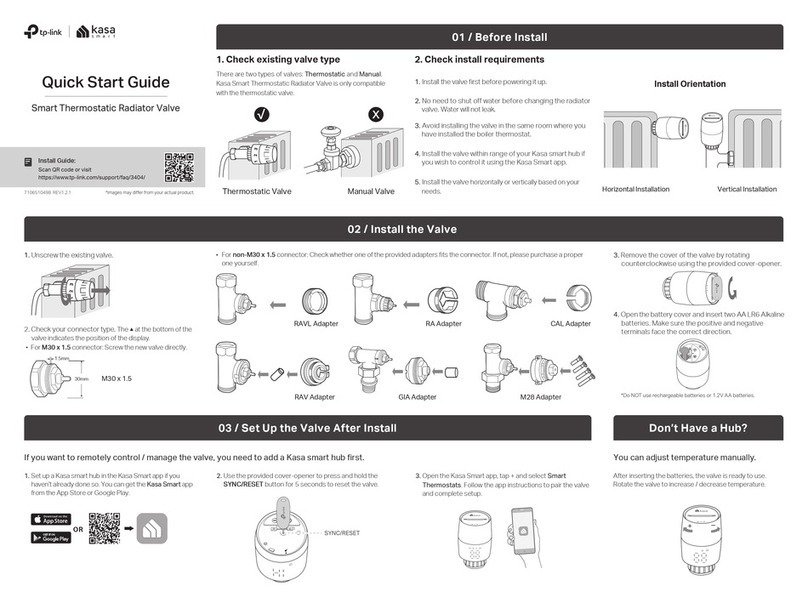
TP-Link
TP-Link kasa smart KE100 quick start guide
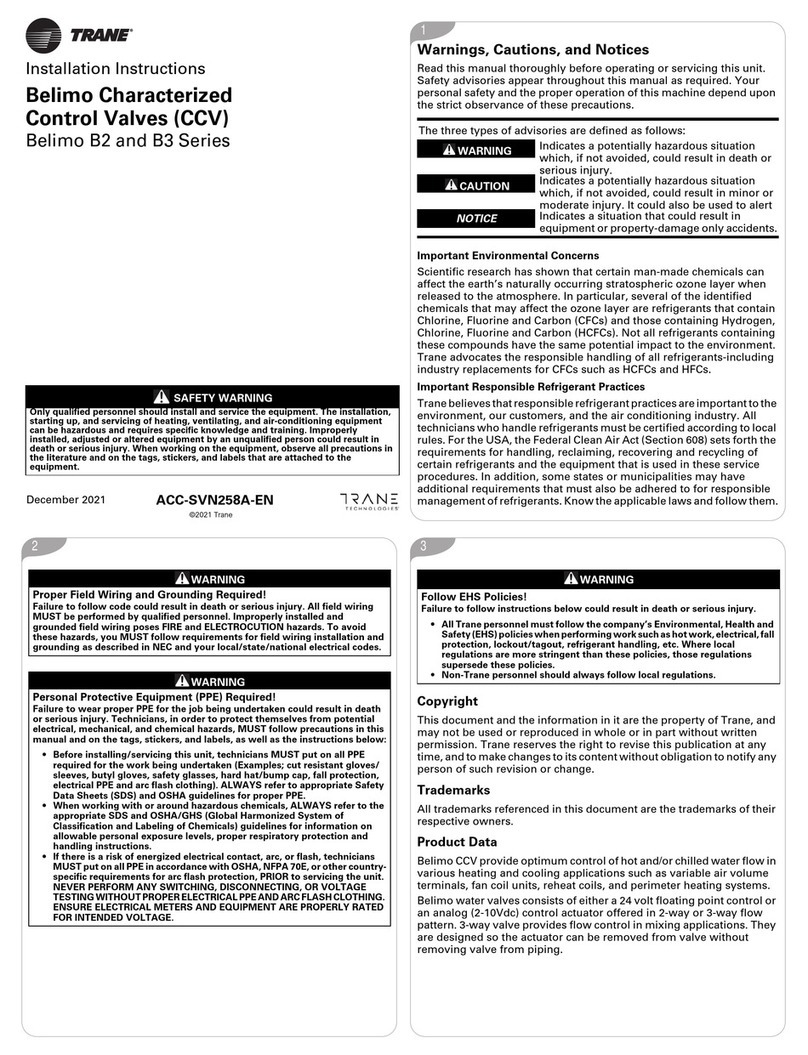
Trane
Trane Belimo B2 Series installation instructions

Grundfos
Grundfos DIT-IR Installation and operating instructions
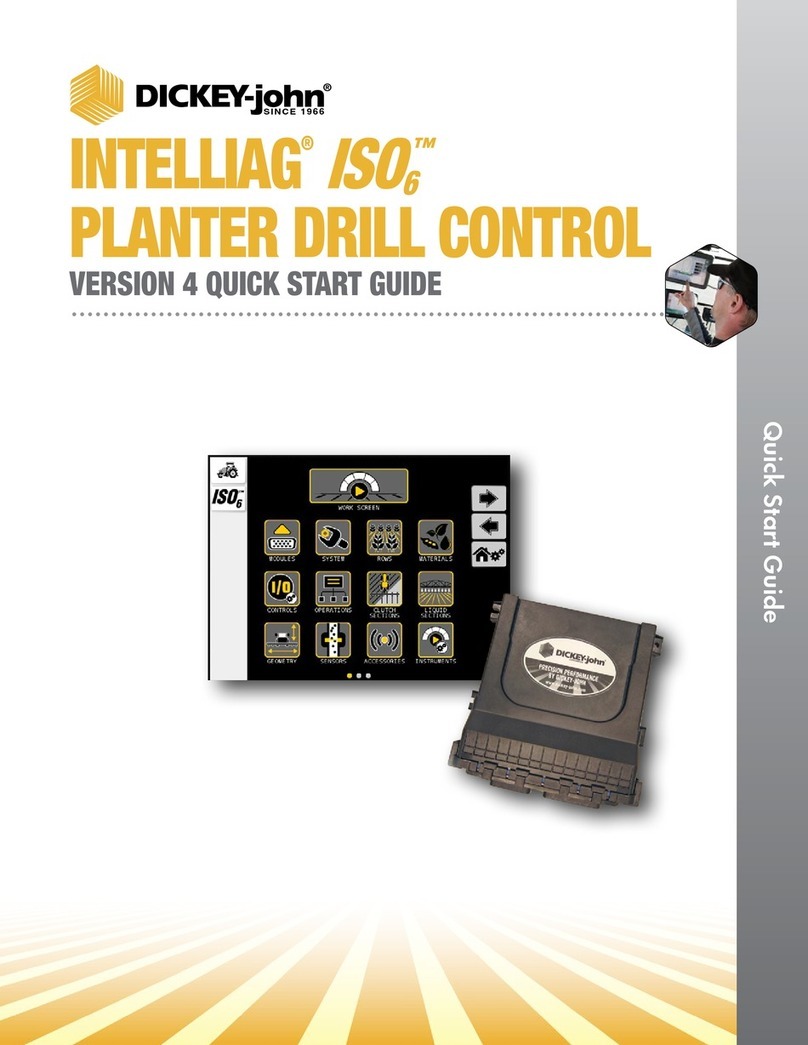
Dickey-John
Dickey-John INTELLIAG ISO6 quick start guide
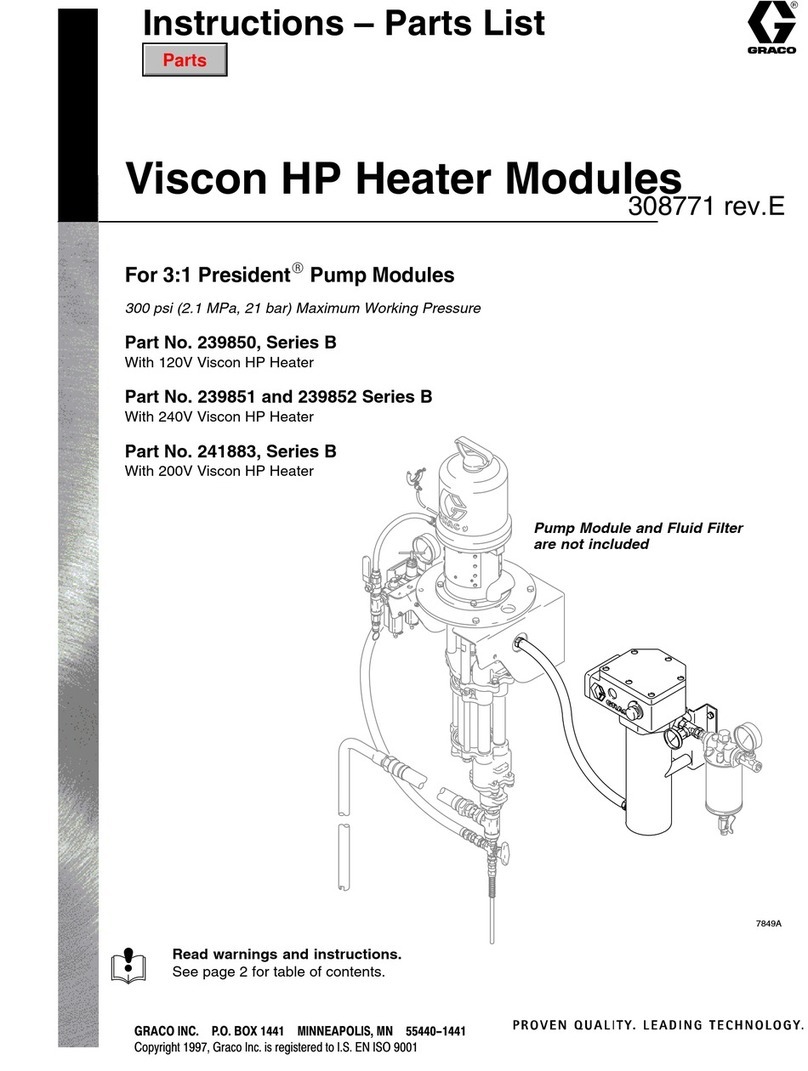
Graco
Graco 239850 Instructions-parts list
